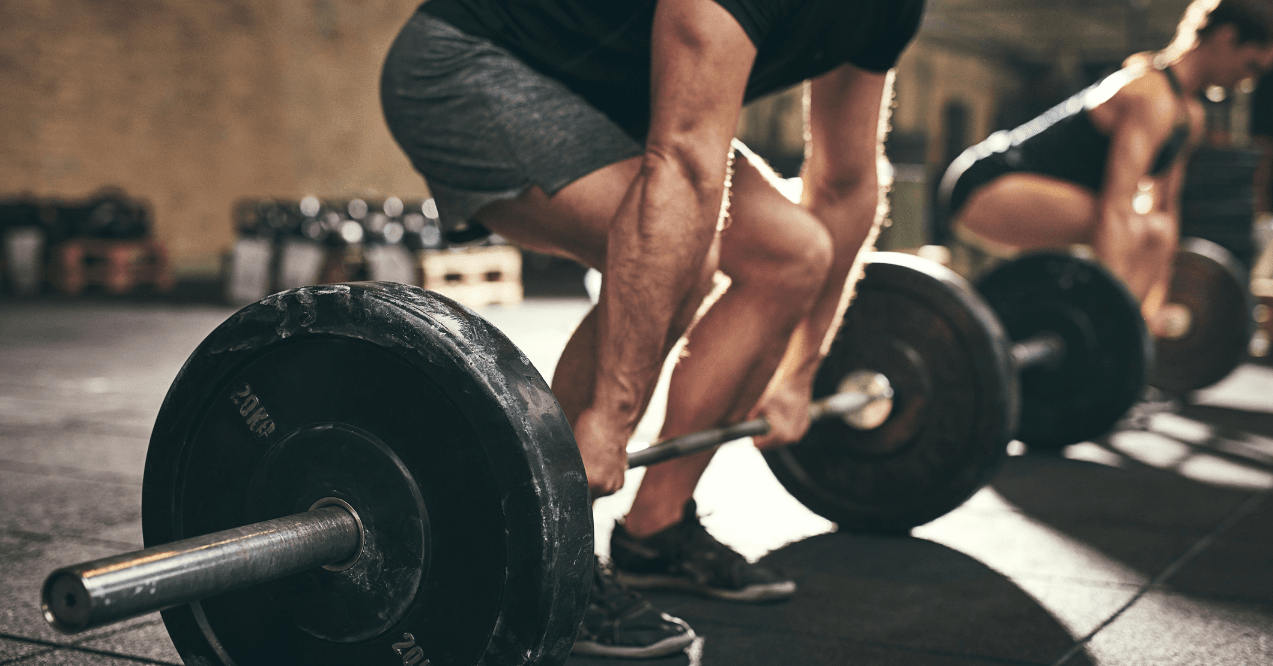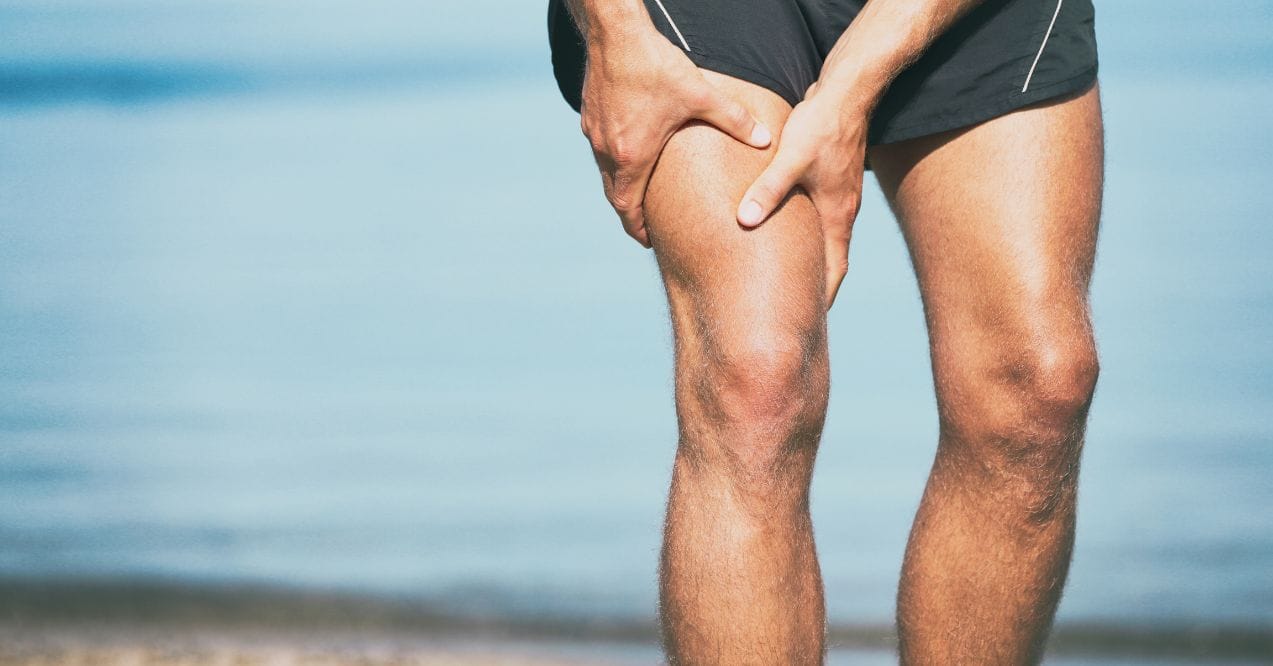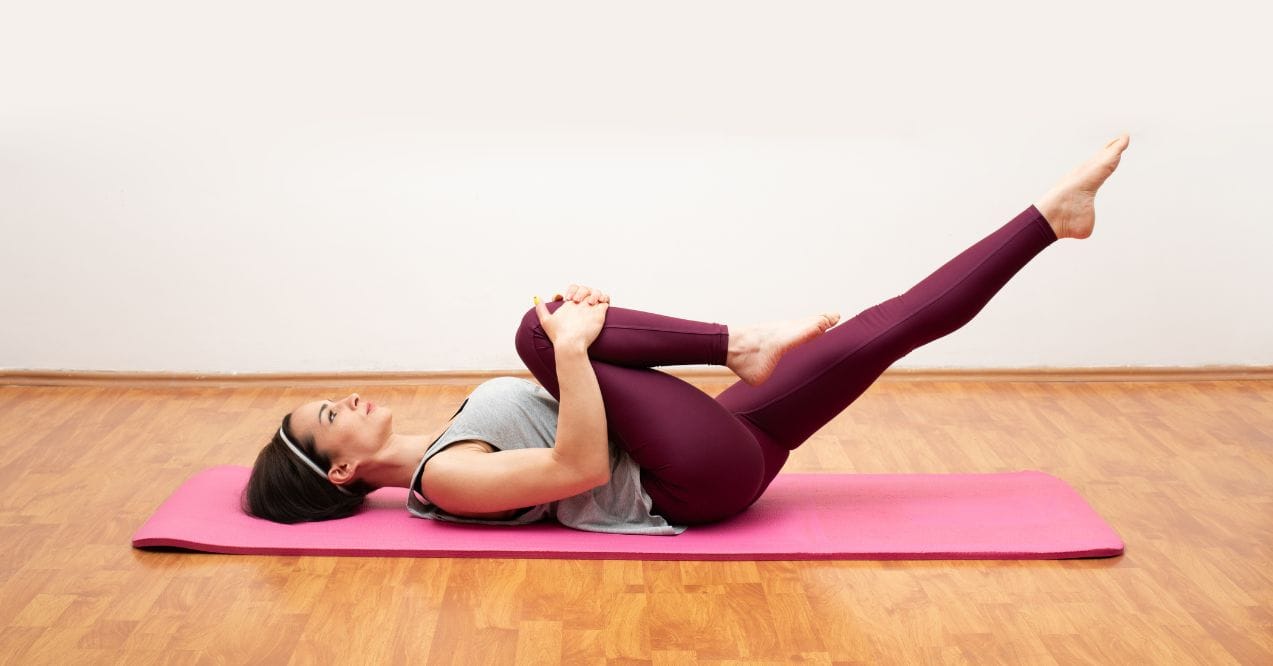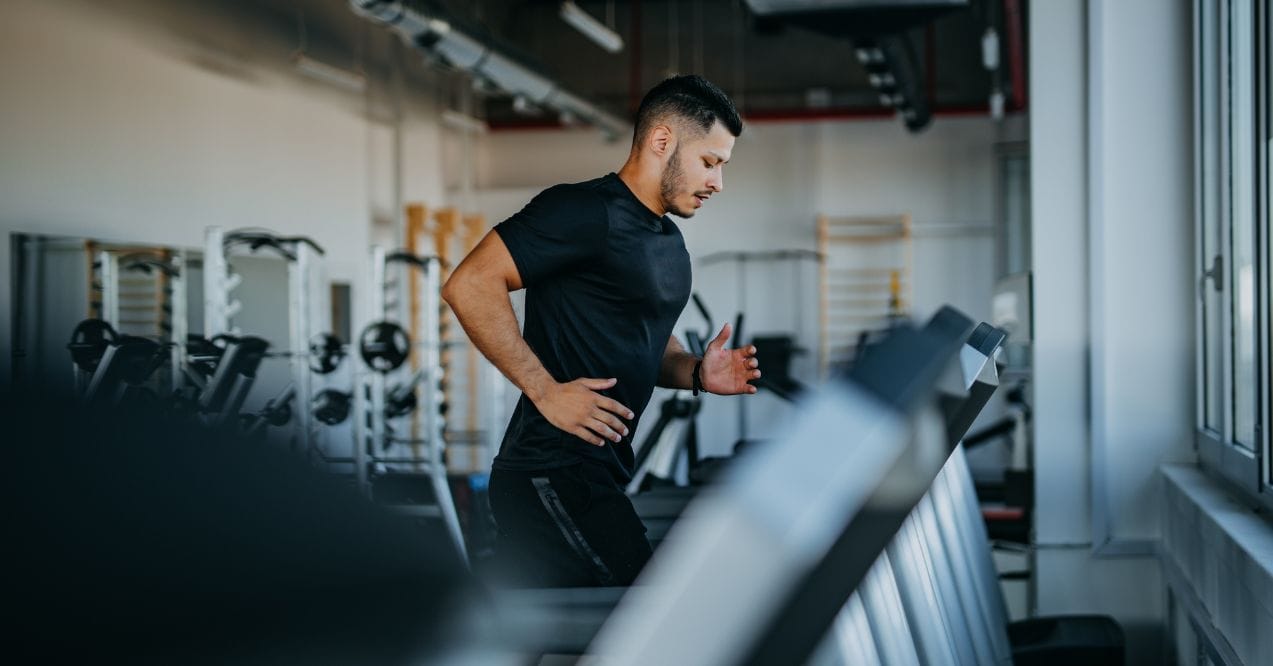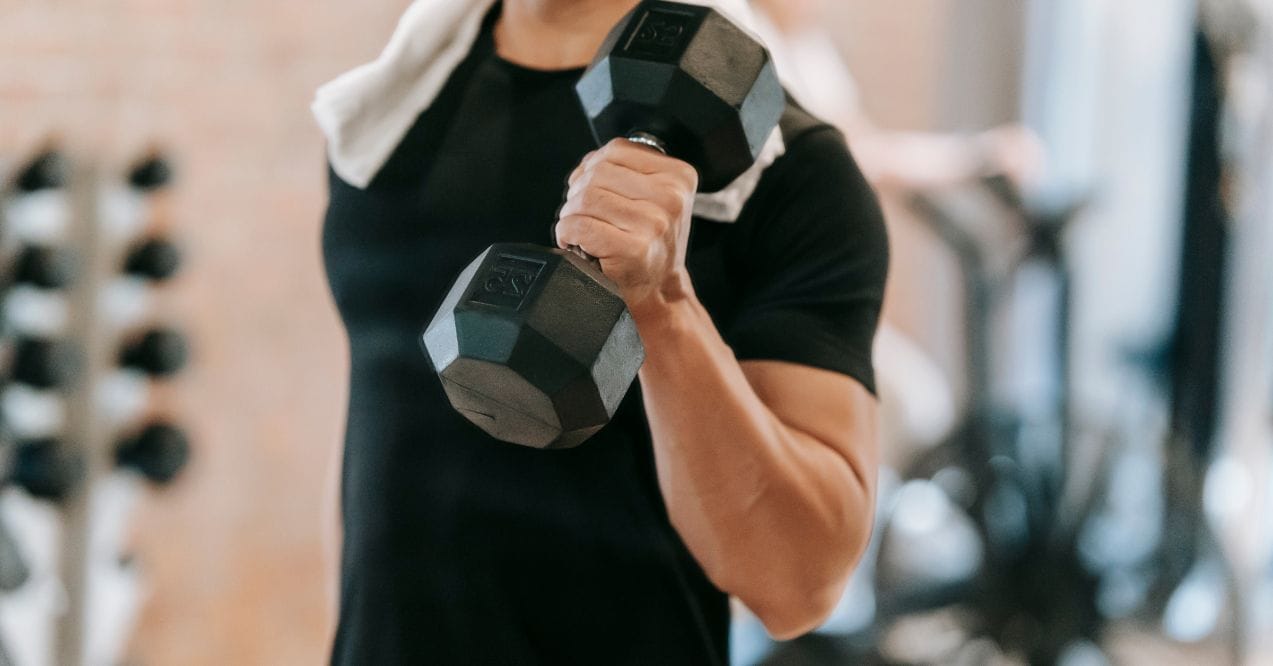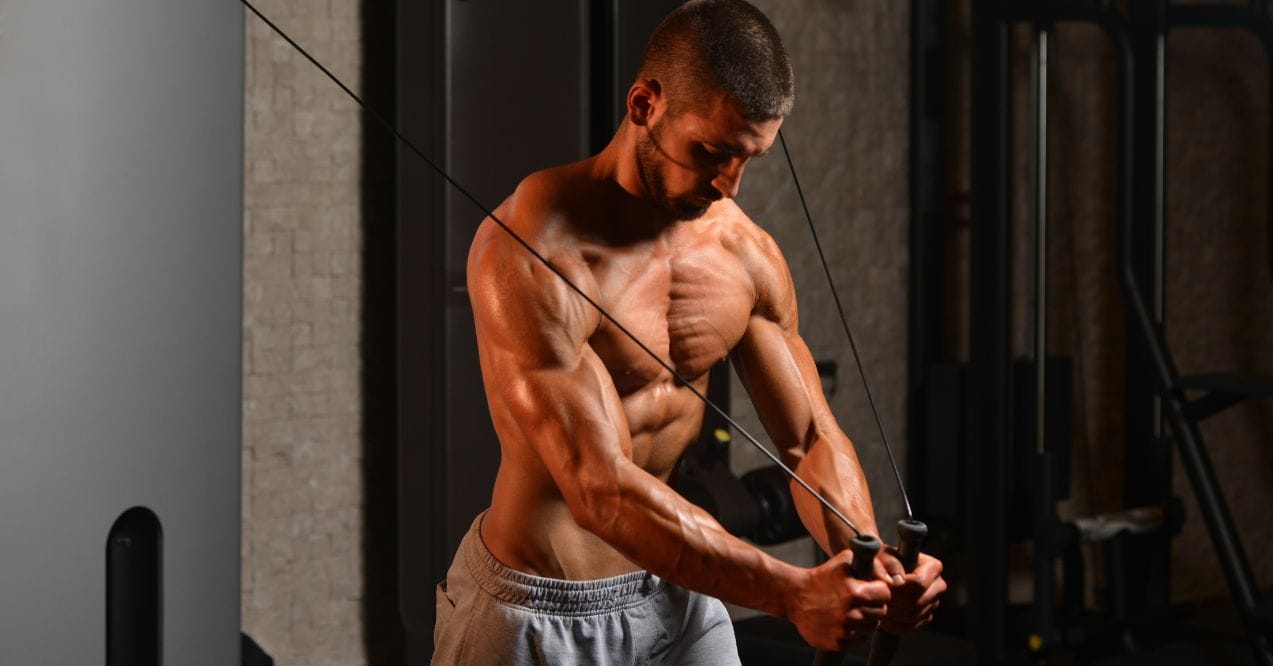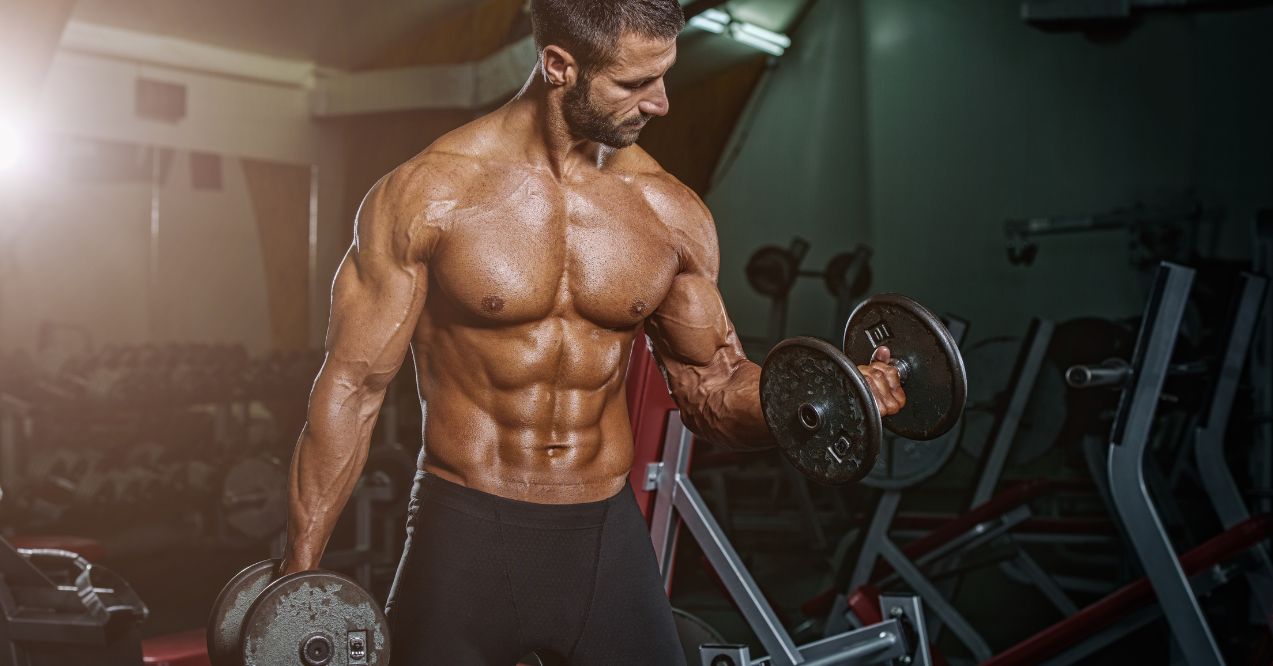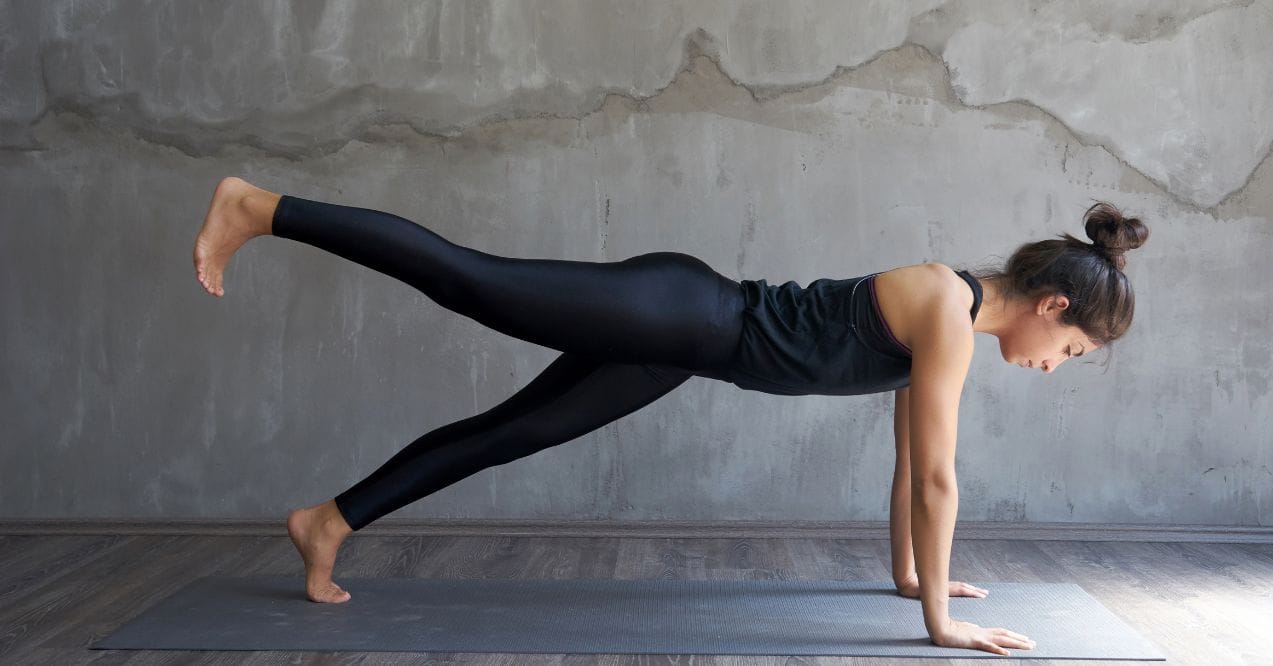How Long Does a Muscle Pump Last After a Workout?
That feeling when your muscles swell during and after training – it’s one of the most satisfying sensations for anyone who lifts weights. But exactly how long does a pump last after you’ve put down those weights? This article will dive into the science of muscle pumps, their duration, and how to maximize them for better results in the gym.
A muscle pump is that temporary increase in muscle size that occurs during and after resistance training. For many fitness enthusiasts, it’s a visual reward for their hard work in the gym. While temporary, understanding how to optimize and extend your pump might enhance both your workout experience and results.

Why do you get a pump?
During intense resistance training, your body increases blood flow to working muscles to deliver the oxygen and nutrients needed for contraction. This increased blood flow causes your muscles to swell temporarily – what we know as “the pump.”
When you lift weights, especially with higher repetitions or shorter rest periods, your muscle contractions compress blood vessels. This compression momentarily restricts blood flow out of the muscle while your heart continues pumping blood in. The result? More blood accumulates in the working muscles, causing them to appear fuller and more defined.
Additionally, this process creates a buildup of metabolic byproducts like lactic acid. Your body responds by sending more fluid to the area, contributing further to the pump effect. This mechanism is particularly noticeable during a cutting workout routine when your muscles may otherwise appear less full due to reduced glycogen stores.
The pump isn’t just for show. This increased blood flow delivers more nutrients to your muscles and may support recovery and growth. For those interested in optimizing body composition through both fat loss and muscle maintenance, understanding this process is valuable. Learn more about What is Body Recomposition? In our dedicated blog.
What’s a muscle pump?
A muscle pump, or “cellular swelling,” occurs when your muscle fibers fill with blood and fluid during and after intense training. This temporary hypertrophy makes muscles appear larger, more defined, and more vascular.
During a pump, several processes occur simultaneously. Blood vessels dilate to allow more blood flow to working muscles. Muscle cells absorb some of this fluid, causing them to swell. The plasma component of blood also moves into the space between muscle fibers, contributing to the overall swelling effect.
The sensation typically feels tight, full, and sometimes slightly uncomfortable – but in a satisfying way. Many bodybuilders and fitness enthusiasts train specifically to achieve this sensation, particularly in visible muscle groups like the arms, chest, and shoulders.
For those following a cutting workout routine, a good pump may be especially rewarding as it temporarily restores the fullness that might be diminished from being in a caloric deficit. This is why many people incorporate pump-focused training into their chest and tricep workout routines and other training splits.
The pump is distinct from long-term muscle growth, though they’re related. While a pump is temporary, the increased delivery of nutrients and cellular signaling that occurs during this process may support long-term hypertrophy when combined with proper nutrition and recovery.
How long does a muscle pump last?
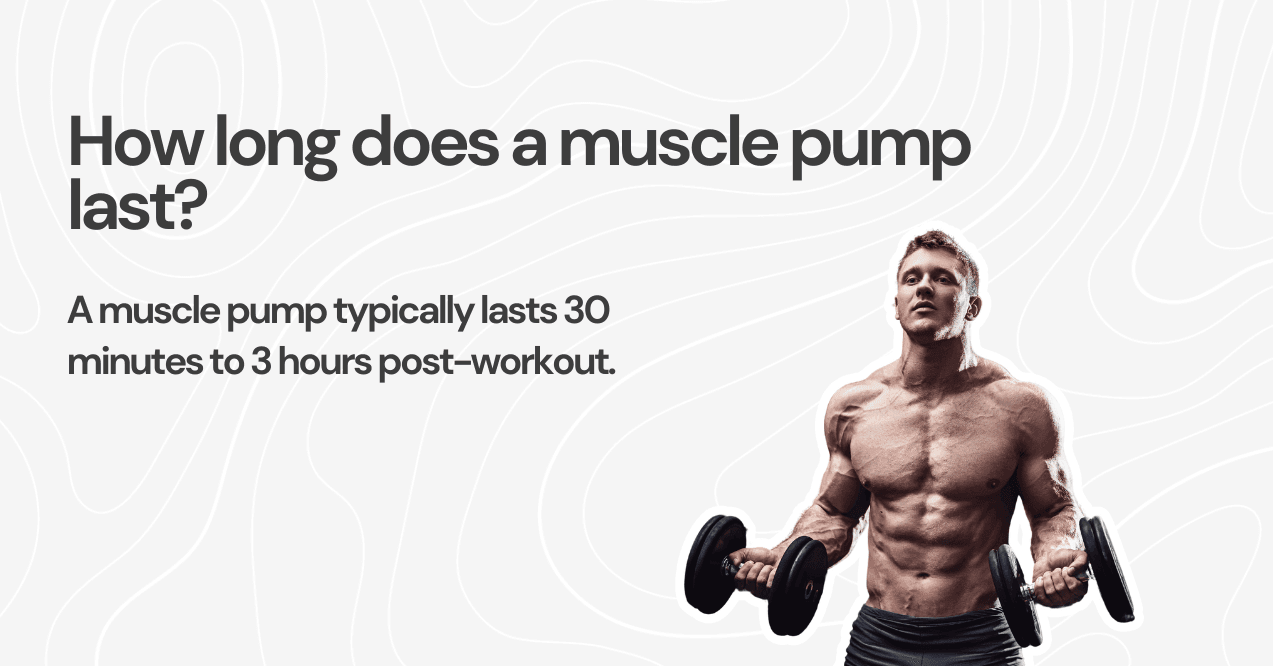
A muscle pump typically lasts 30 minutes to 3 hours post-workout, with duration varying based on several key factors. Training intensity significantly impacts pump longevity – higher volume and shorter rest periods extend the effect. Hydration level is crucial, as well-hydrated muscles maintain fullness longer.
Diet plays a major role, with carbohydrates increasing glycogen storage and water retention in muscles. Your training experience affects duration too; beginners often experience more dramatic pumps than seasoned lifters.
Supplements like citrulline malate may enhance blood flow, extending pumps during an intense workout session. Finally, environmental temperature matters—heat promotes vasodilation and longer pumps, while cold environments cause faster fading through vasoconstriction.
Will a good pump build muscle?
The relationship between muscle pumps and muscle growth isn’t straightforward, but there are connections worth understanding.
The pump itself doesn’t directly cause muscle growth, but the physiological processes that create a pump are related to hypertrophy. When muscles experience mechanical tension, metabolic stress, and cellular swelling – all components of a good pump – they receive signals to adapt and grow stronger.
Metabolic stress from training protocols that induce a pump may increase anabolic hormone production and cellular signaling. The cellular swelling that occurs during a pump may also trigger protein synthesis and reduce protein breakdown.
During high-volume training sessions where you’re focused on how long does a pump last, maintaining sufficient training volume becomes particularly important. The metabolic stress and cellular signaling from pump-focused training might help stimulate the mechanisms that support muscle growth.
How to get the best pump?
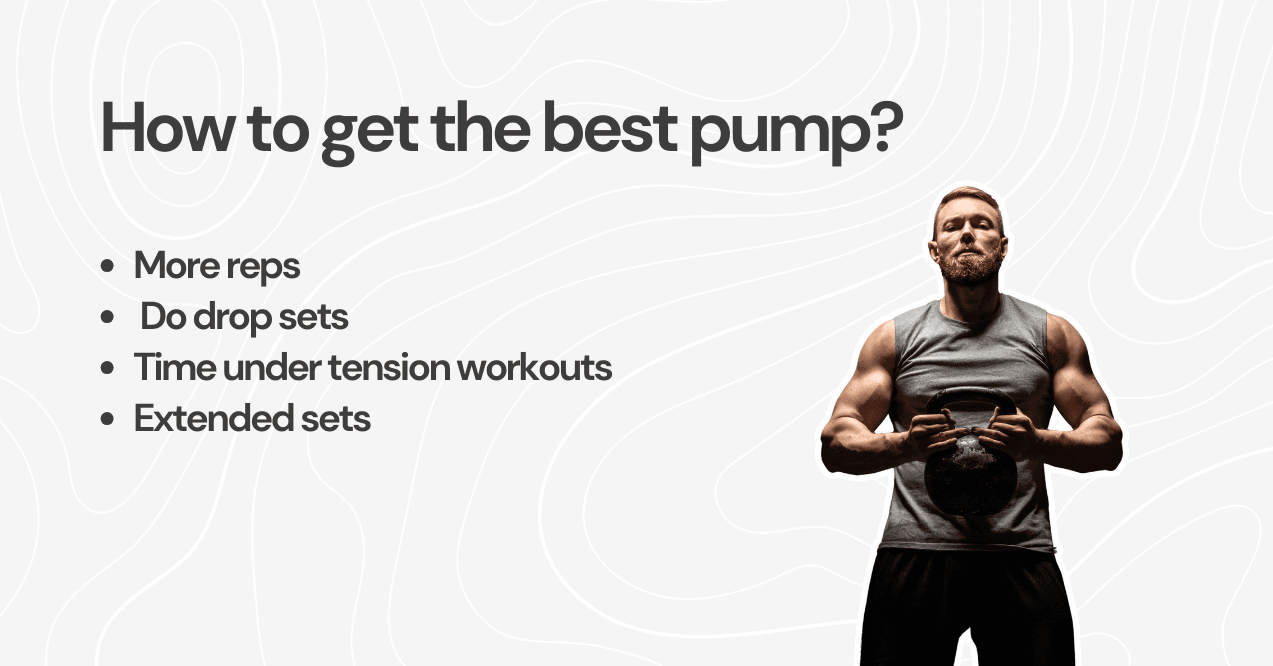
Several key factors work together to create that skin-splitting fullness in your muscles. From staying properly hydrated to manipulating your training variables, each element below contributes to a more impressive and longer-lasting pump. Let’s explore the specific techniques that will help you achieve that vascular, pumped-up look you’re after.
Hydration
Proper hydration dramatically affects your pump’s quality and duration. When well-hydrated, your blood volume increases, facilitating greater circulation to working muscles.
Aim to drink water consistently throughout the day, not just during workouts. For optimal results, consume 16-20 ounces of water 1-2 hours before training and sip water throughout your session.
More reps
Higher repetition ranges are the foundation of pump-focused training. Sets of 12-20 reps create significant metabolic stress and blood flow to the working muscles.
This approach exhausts the muscle’s energy systems, causing increased blood flow as your body attempts to clear waste products and deliver fresh nutrients. For maximum effect, perform these higher-rep sets with controlled form and moderate weights.
Do drop sets
Drop sets involve performing a set to near failure, then immediately reducing the weight and continuing with more repetitions. This technique extends the time muscles spend under tension without rest.
By depleting energy stores and maximizing blood flow, drop sets create an intense pump effect. Include 1-2 drop sets per muscle group at the end of your regular sets for best results without overtraining.
Time under tension workouts
Time under tension (TUT) refers to how long your muscles are actively working during a set. By controlling rep tempo—typically slowing the eccentric (lowering) phase—you can significantly increase TUT.
Aim for 40-70 seconds of total tension per set to maximize the pump effect. This approach is particularly effective for stubborn muscle groups that need extra stimulation. Learn more about implementing this technique in our guide to Time Under Tension Workout.
Extended sets
Extended sets combine several intensity techniques to prolong muscle tension beyond a standard set. Methods include rest-pause (taking brief 10-15 second breaks between mini-sets) and mechanical drop sets (changing exercise angles when fatigue sets in).
These techniques allow you to continue working a muscle group past the point where you’d normally stop, creating an even more pronounced pump effect by maximizing blood flow and metabolic stress.
Exercises to get a better pump
Looking to maximize how long does a pump last? The right exercises make all the difference. Here are the top movements for creating intense, long-lasting pumps in each muscle group:
Upper Body Pump Exercises:
- Chest: Cable flyes, dumbbell bench press
- Shoulders: Lateral raises, overhead press with partial reps
- Arms: Spider curls, rope pushdowns, concentration curls
- Back: Pulldowns with peak contraction holds, seated rows with squeeze
Lower Body Pump Exercises:
- Quads: Leg extensions, hack squats
- Hamstrings: Leg curls with partial reps
- Glutes: Walking lunges, hip thrusts with pause
- Calves: Standing calf raises with extended stretch
The key to all these movements is maintaining constant tension throughout each rep. This continuous resistance traps blood in the working muscles, intensifying the pump sensation.
When choosing between similar exercises, opt for variations that allow greater range of motion. For example, dumbbell bench presses typically create better chest pumps than barbell work due to the freedom of movement they provide.
Supporting your training with quality nutrition is essential for both performance and results. Our bone broth supplements provide a convenient source of collagen protein and other nutrients that support joint health and recovery. The amino acid profile in bone broth complements muscle-building proteins, making it an excellent addition to your supplement regimen when aiming for optimal pumps.
For those looking to maximize both performance and muscle fullness during workouts, Trumeta Creatine provides one of the most researched and effective supplements for enhancing training capacity and muscle hydration. This premium-quality creatine monohydrate supports the increased cellular hydration that contributes to an impressive pump.

Conclusion
The muscle pump is a satisfying, visible reward for your hard work in the gym, typically lasting between 30 minutes and 3 hours post-workout. While temporary, the physiological processes behind the pump may contribute to long-term muscle development when combined with proper training, nutrition, and recovery.
To maximize your pump and extend how long does a pump last, focus on higher repetition ranges, controlled tempo, limited rest periods, and techniques like drop sets that extend time under tension. Proper hydration and carbohydrate intake further enhance the pump effect.
Pushups often provide a better pump than bench press due to continuous tension throughout the movement and higher rep potential. Does pushups or bench press give you more pump depends on execution – slow, high-rep pushups typically create superior pumps.
Yes, do you get a pump in whatever muscle you do work directly, though some muscles pump more easily than others. Smaller muscle groups like arms typically show more visible pumps compared to larger muscle groups like legs or back.
Your pump may disappear quickly due to dehydration, low carbohydrate intake, or insufficient training volume. Cold temperatures, certain medications, and individual factors like genetics and conditioning level also affect how quickly a pump fades.
Advertisement. This site offers health, wellness, fitness and nutritional information and is designed for educational purposes only. You should not rely on this information as a substitute for, nor does it replace, professional medical advice, diagnosis, or treatment. If you have any concerns or questions about your health, you should always consult with a physician or other health-care professional. Do not disregard, avoid or delay obtaining medical or health related advice from your health-care professional because of something you may have read on this site. The use of any information provided on this site is solely at your own risk.
